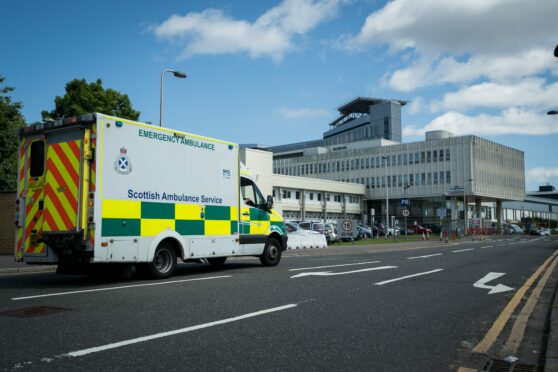
There have been more than 500 verbal or physical assaults on Scottish Ambulance Service staff in the past 22 months, new data shows.
Between January 2020 and October 2021, staff endured 289 physical assaults and 216 verbal attacks from members of the public.
In one incident since then, on November 20 2021, the service received a hoax call for a cardiac arrest and when an ambulance crew was dispatched to the scene, their vehicle was hit with a number of objects.
The Scottish Ambulance Service condemned the assaults, saying they can have a lasting effect on staff.
Its chief executive Pauline Howie said: “Assaults and anti-social behaviour are completely unacceptable, and our staff should not have to fear for their safety when treating patients, or to be verbally assaulted over the phone when handling calls.
“They work incredibly hard, helping people in need and keeping them safe, and sadly we’ve seen incidents occur in other parts of the NHS and against our police and fire colleagues too.
“We also provide support to staff to report incidents to Police Scotland so that they can take the matter further.”
The ambulance service said it has a range of measures in place to help protect staff, such as training in managing aggression and assessing risk.
Areas where staff have previously faced violence or threatening behaviour are taken into consideration and communicated to crews going to the scene.
Meanwhile, the Scottish Government has recently launched a campaign to tackle attacks against front-line staff.
Its Health Worker Respect Campaign has been produced to help reduce levels of violent and abusive behaviour being experienced by health and social care workers following increased demands on NHS services as a result of the Covid pandemic.
It also aims to raise awareness of the challenges staff are facing and the consequences inappropriate behaviour can have on staff members.

Enjoy the convenience of having The Sunday Post delivered as a digital ePaper straight to your smartphone, tablet or computer.
Subscribe for only £5.49 a month and enjoy all the benefits of the printed paper as a digital replica.
Subscribe